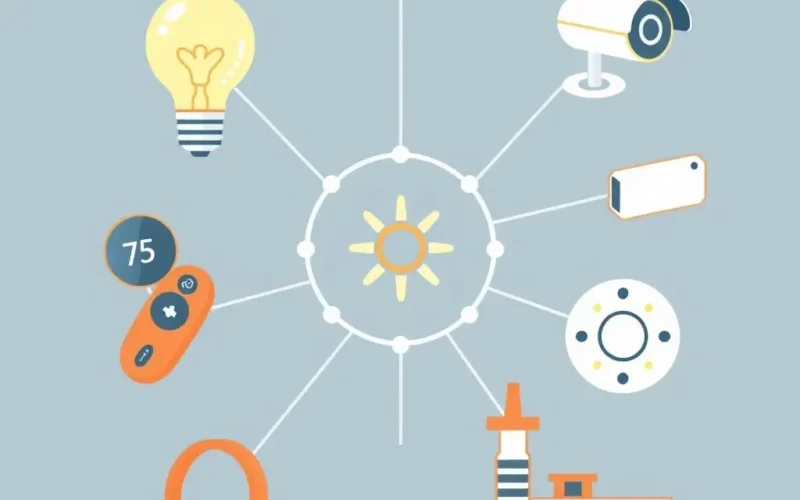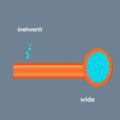Ever heard someone mention ‘Internet of Things’ or maybe just ‘IoT’ and felt a little fuzzy on what they actually meant? It sounds pretty high-tech, doesn’t it? Like something straight out of a science fiction flick.
But here’s a little secret: it’s not futuristic anymore. It’s already all around us. Think about your fitness tracker on your wrist, the refrigerator that tells you you’re out of milk, or even those smart traffic lights that adjust timings based on real-time traffic flow. Yep, that’s IoT at work.
Imagine, if you will, billions and billions of everyday objects – not just computers and phones – suddenly having the ability to connect to the internet. They’re not just online; they’re talking to each other, sharing valuable information, and in many cases, making smart decisions all on their own, without you needing to lift a finger. This vast, intricate web of connected devices is what we affectionately call the Internet of Things.
It’s the unseen network that’s quietly but profoundly making our homes smarter, our cities more efficient, and our industries more productive. It’s fundamentally changing how we interact with the world around us. And if that little introduction just gave your understanding a helpful nudge, perhaps the short video version we put together might make it even clearer:
Table of Contents
Decoding the IoT: More Than Just ‘Connected’
So, what truly defines a device as part of the IoT? It goes beyond simply connecting to Wi-Fi. An IoT device is typically an object (often physical) that:
- Has sensors or actuators to collect data or perform actions in the physical world.
- Is capable of connecting to a network (internet, local network, etc.).
- Can communicate or exchange data with other devices, systems, or cloud platforms.
- Often has some level of processing power or ability to process data remotely.
It’s the combination of sensing, communicating, processing, and often acting upon information from its environment that makes these devices so transformative. They turn static objects into active participants in the digital world.
How Does This Connected Web Actually Function?
Okay, let’s peel back the layers a bit. How do billions of disparate gadgets manage to talk to each other and create this interconnected web? It’s not magic, just clever engineering involving several key components:
1. The ‘Things’ (Devices)
These are the physical objects themselves. They could be anything from a tiny temperature sensor in a warehouse to a complex piece of machinery on a factory floor, a smart speaker in your kitchen, or a camera monitoring traffic. These devices are equipped with sensors (to gather data like temperature, light, motion, pressure) or actuators (to perform actions like turning on a light, adjusting a valve, locking a door).
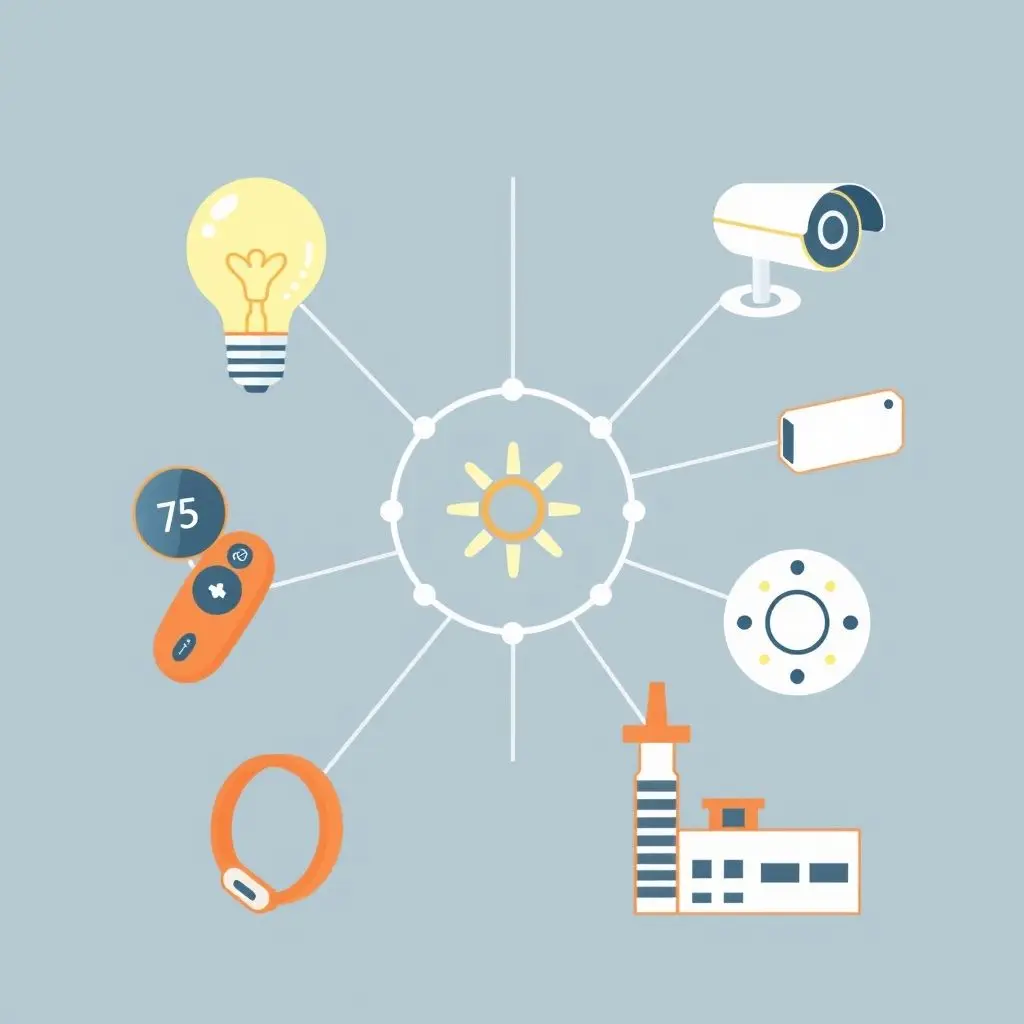
2. Connectivity
Once data is collected, it needs a way to travel. This involves various communication methods, depending on the device, the amount of data, and the required range and power consumption. This could be standard Wi-Fi, Bluetooth, cellular (4G, 5G), LoRaWAN (for long-range, low-power applications), or even specialized industrial protocols.
3. Data Processing & Analytics
Raw data from devices isn’t always useful on its own. It needs to be processed, filtered, aggregated, and analyzed. This processing can happen at the ‘edge’ (closer to the device itself, like on a local gateway) or more commonly, in the cloud. Cloud platforms provide the massive computing power and storage needed to handle data from millions or billions of devices simultaneously.

4. User Interface / Applications
Finally, the processed insights or the ability to control the devices needs to be presented to the user or another system. This is where mobile apps, web dashboards, or integration into other enterprise systems come in. This layer allows people to monitor their smart home, control factory machinery remotely, or view insights from urban sensors.
Why Does This “Connected Devices Web” Matter? The Benefits
The real power of IoT isn’t just having devices online; it’s what you can do with that connectivity and the data it generates. The benefits span across nearly every aspect of modern life and industry:
- Convenience & Automation: Making everyday tasks simpler. Your smart thermostat learns your habits, your smart lights turn off when you leave, your smart assistant reorders groceries.
- Efficiency & Cost Savings: Optimizing resource usage. Smart grids reduce energy waste, connected logistics track goods efficiently, predictive maintenance in factories prevents costly breakdowns.
- Improved Decision Making: Getting insights from real-time data. Businesses can understand customer behavior, cities can manage traffic better, farmers can monitor crop health precisely.
- Enhanced Safety & Security: Monitoring environments and assets. Smart surveillance systems, wearable health monitors, connected cars with emergency features.
- New Business Opportunities: Creating innovative services and products. Companies can offer monitoring as a service, personalized experiences, or entirely new ways of interacting with customers.
Where is IoT Making Waves? A Look at Key Areas
The reach of the Internet of Things is vast and continues to grow. Here are some prominent examples:
Smart Homes
Perhaps the most visible face of IoT for many people. This includes smart speakers, connected lighting, thermostats, locks, security cameras, appliances, and entertainment systems, all controllable via smartphone or voice commands, and often automating routines.
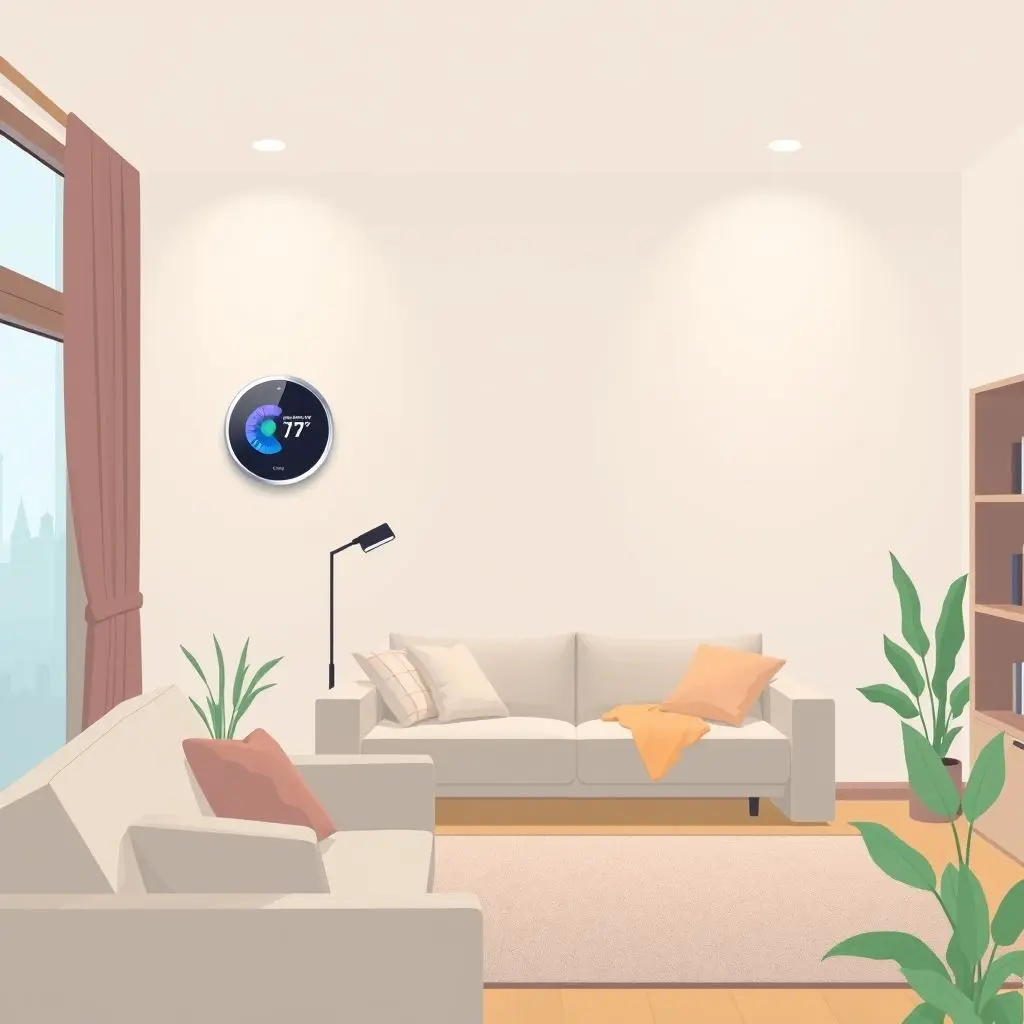
Smart Cities
Using IoT to manage urban environments more effectively. Applications include smart traffic management (sensors adjusting light timings), smart waste management (bins signaling when full), environmental monitoring (air and water quality sensors), smart public transport, and public safety.

Industrial IoT (IIoT)
Applying IoT technologies in manufacturing, energy, logistics, and other industrial sectors. This focuses on optimizing operations, predictive maintenance, asset tracking, quality control, and worker safety using connected sensors and systems.
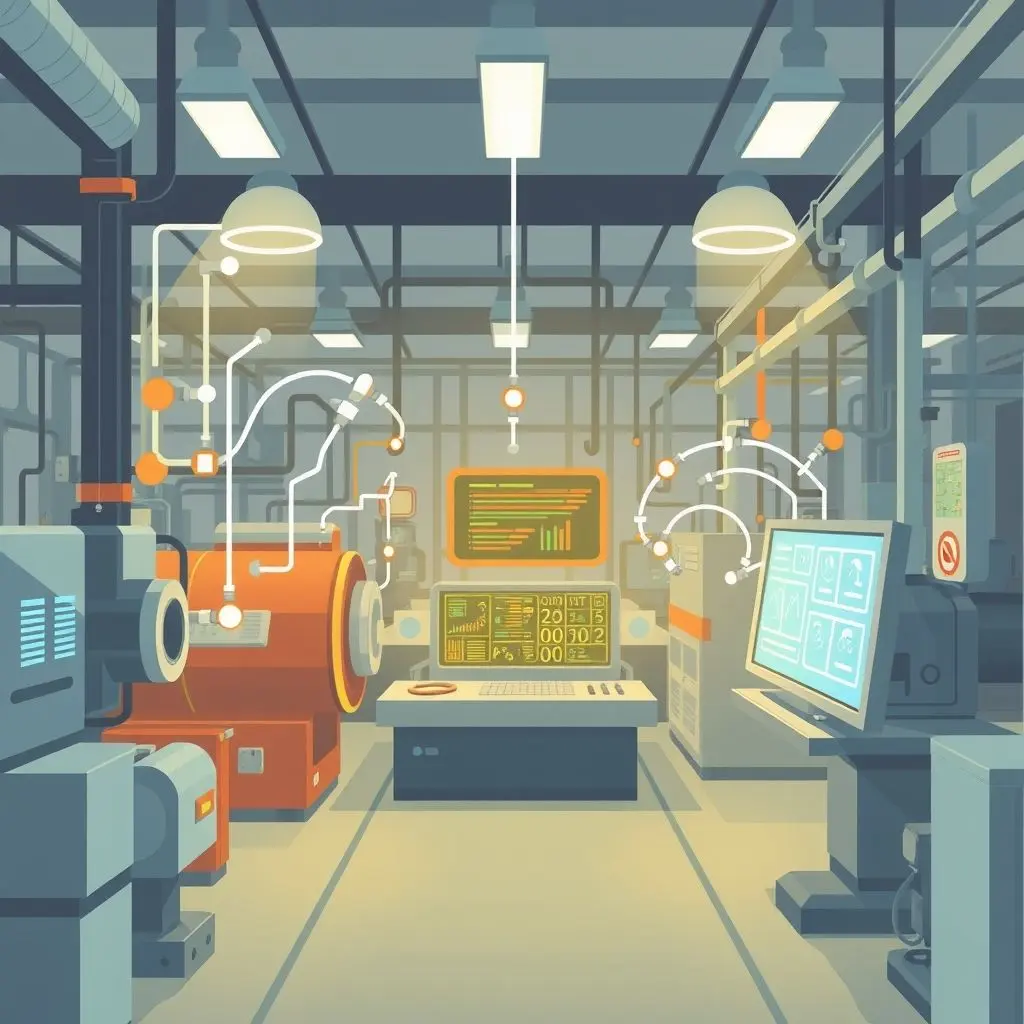
Healthcare (IoMT – Internet of Medical Things)
Includes wearable health trackers, remote patient monitoring devices, connected medical equipment in hospitals, and systems for tracking pharmaceuticals or managing inventory. IoMT enables remote care, better patient outcomes, and more efficient healthcare operations.
Agriculture (Smart Farming)
Using sensors to monitor soil moisture, temperature, and nutrient levels, connected weather stations, and GPS-guided machinery to optimize irrigation, fertilization, and harvesting, leading to higher yields and reduced resource consumption.
The Road Ahead: Challenges and Considerations
While the potential of IoT is immense, it’s not without its hurdles. As more devices come online, considerations like:
- Security: Protecting billions of potentially vulnerable devices from cyber threats is paramount. A single compromised device could be an entry point into a larger network.
- Privacy: IoT devices collect vast amounts of data, often sensitive personal information. Ensuring this data is collected, stored, and used responsibly is a major concern.
- Complexity: Managing a diverse ecosystem of devices from different manufacturers using various standards can be challenging.
- Interoperability: Getting devices and platforms from different companies to talk to each other seamlessly isn’t always straightforward.
Addressing these challenges is crucial for the continued secure and beneficial growth of the IoT ecosystem.
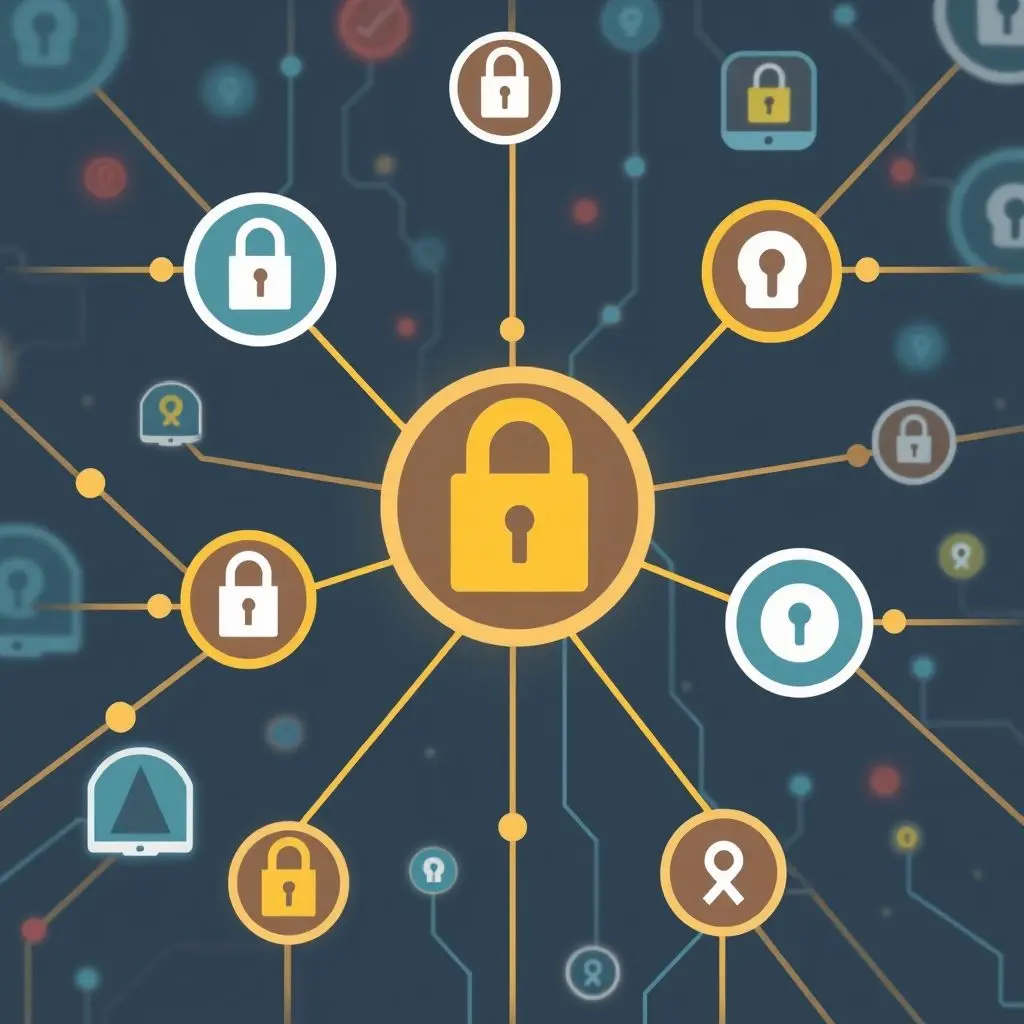
FAQs About the Internet of Things
Q1: Is my smartphone an IoT device?
Your smartphone is more of a gateway or control hub for IoT devices rather than a typical IoT device itself. While it connects to the internet and has sensors, its primary function is not just sensing its environment and communicating that single piece of data; it’s a multi-purpose computing device that *enables* you to interact with IoT devices.
Q2: What’s the difference between IoT and AI?
They often work together, but they are different. IoT is about the network of physical devices collecting and exchanging data. AI (Artificial Intelligence) is about algorithms and systems that can learn from data and make decisions or predictions. AI often *uses* the data collected by IoT devices to gain insights and automate actions.
Q3: Are all connected devices considered part of the IoT?
Generally, when we talk about IoT, we mean devices beyond traditional computers and smartphones – everyday objects equipped with connectivity and often sensors/actuators that allow them to interact with the physical world and share data. A traditional PC or server, while connected to the internet, isn’t typically classified under the umbrella term ‘IoT device’ in the same way a smart thermostat or connected car is.
Q4: Is IoT safe?
Security is a significant concern and an area of ongoing development in IoT. Like any connected technology, IoT devices can be vulnerable to hacking. Manufacturers and users must take steps to secure devices, networks, and data to mitigate risks. It’s improving, but requires vigilance.
Connecting the Future, Device by Device
So, there you have it. The Internet of Things is far from a futuristic concept; it’s the present reality of a world where billions of devices are interconnected, communicating, and collaborating. From simplifying tasks in our homes to revolutionizing global industries, this invisible network is reshaping how we live, work, and interact with technology and each other.
Understanding IoT isn’t just about knowing the definition; it’s about recognizing the immense potential and the considerations that come with such widespread connectivity. It’s an evolving landscape, promising continued innovation and integration into the fabric of our lives, making our world more responsive, efficient, and yes, arguably, more intelligent.
